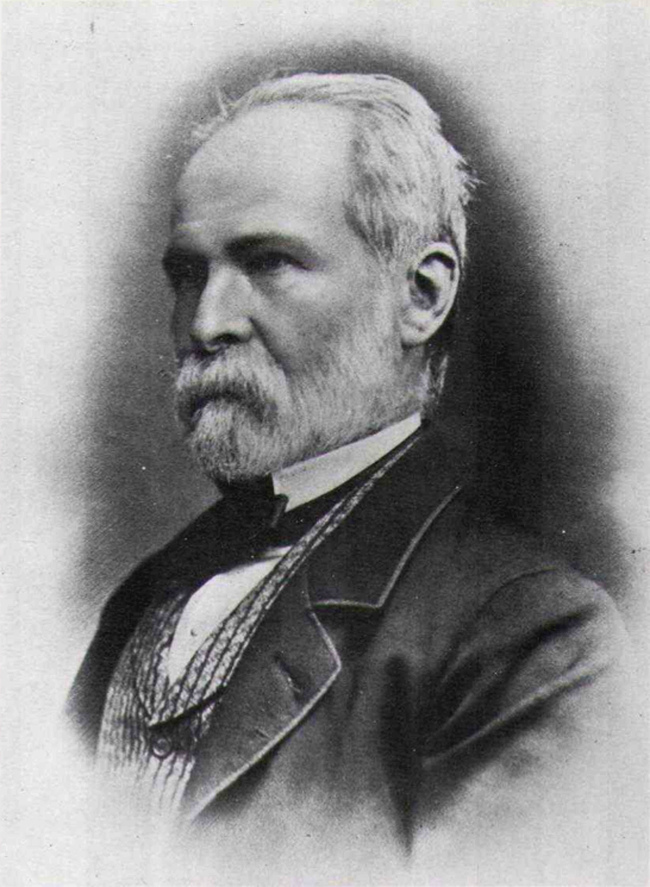

The legend of Thomas Mercer, the great English chronometer maker, part 1
Among the master watchmakers that current ventures are reviving is the English chronometer maker Thomas Mercer, whose legacy is of incomparable richness. An honorable past....
Time, like all forms of benchmarking, has a political dimension.Every state does have to calibrate time, certify it and then offer it.Back in time, it was normal for watchmakers to have a certain privileged status in society, because they did, after all, master time and cultivated knowledge about it.
Thomas Mercer, a precocious calling
England had quite a head start regarding the origins of watchmaking. In the race to become more precise, the country could count on some highly educated brains and exceptional personalities. Thomas Mercer was one of those people. He was a member of that stratum of luminaries whose competence contributed to the great Britain´s global aura.
He was born in 1822 in St. Helens, Lancashire, the watchmaking region back then. At a very young age, he cut his teeth in the workshop run by his grandfather, a manufacturer of watch mechanisms.As for his father, he was sail maker, which was a good omen for a boy steering towards a career as a chronometer maker. In 1854, he went to London and found his first job at John Fletcher's, a well-known manufacturer of marine chronometers. Four years later, he split amicably from Fletcher to found his own company, which bore his name. He opened his first workshop in Clerkenwell, at 161 Goswell Road.
Royal precision testing for the Royal Admiralty
As of 1822 already, the year of Mercer's birth, the Royal Observatory in Greenwich had become the initiator of the so-called Greenwich Trials, very strict precision tests conceived by the Admiralty and aimed at making a selection of the most precise instruments for measuring time. This would guarantee that Britain's navy could continue ruling the waves. With his marine clock 536, Thomas mercer was selected in 1860, and he reached 11th place.It was a performance that he then topped with his clock number 543, which reached 4th place and was purchased by the Admiralty to equip HMS Swallow, which had been built at Deptford Dockyard in 1703.
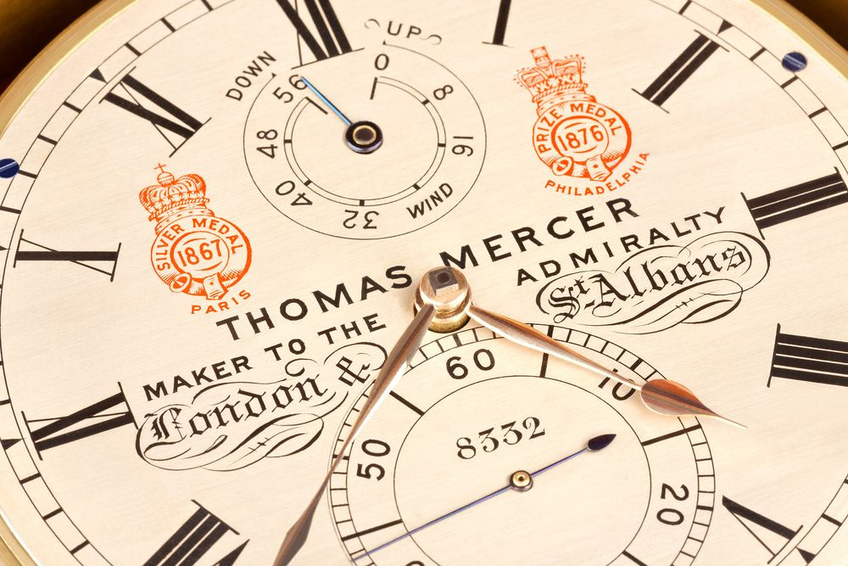
For a watchmaker back then, being allowed to write "Maker to the Admiralty" on your dials was the ultimate commercial bonus that would contribute to your economic success. The famous British observatory went on to grant Thomas Mercer's chronometers the second place three times. First, in 1881, for his two-day chronometer 2696, then in 1187 and 1888. In 1874, five of the timepieces tested bore the name of the great master.
Sadly, Thomas Mercer was never able to savor the great feeling of being at the top of the heap. Because it was only in 1911, eleven years after his death, that his son Frank (1882-1970) managed to clinch the highest rank. Following in his father's footsteps, the younger Mercer transformed the already venerable name into a genuine brand with its own manufactory, the largest ever built dedicated solely to making marine chronometers.It was commissioned in 1912 in St. Albans, Eywood Road.
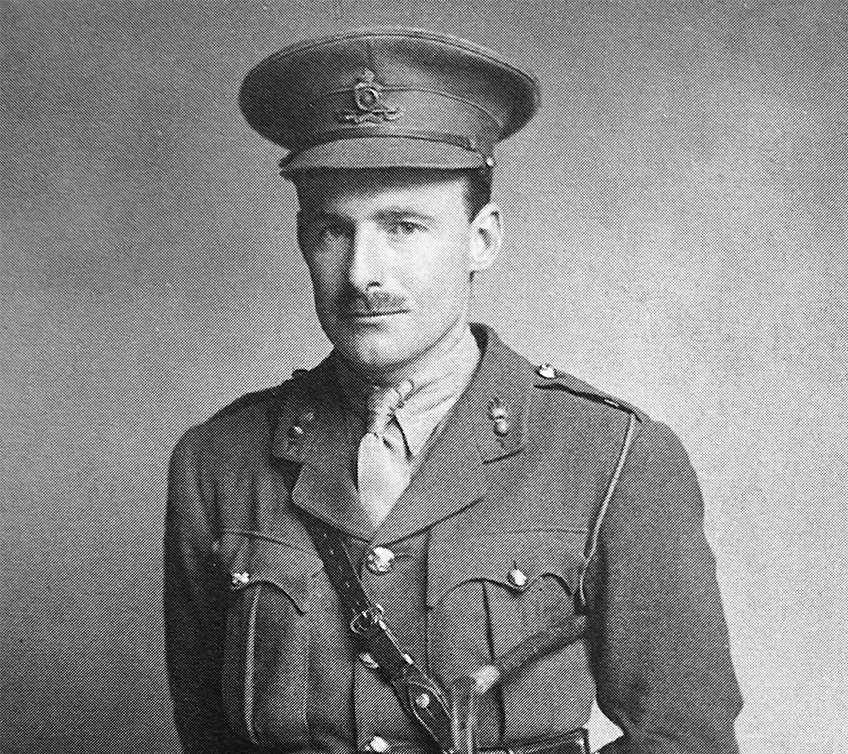
Thomas Mercer was also honored by the Kew Observatory, an institution created in Richmond-upon-Thames by King George III, who built it to observe Venus as it transited the sun during the time of the Longitute Prize contest. In 1925, the Mercer chronometer No. 12827 was subjected to “Kew Trials” – a series of tests set up by the Observatory – and exhibited an average daily lag of just 0.06 seconds, a remarkable feat.Of the 49 timepieces presented, 39 passed the tests successfully.
Mercer and the conquest of sea and air
The Mercer legend continues, the name is still a certified supplier to the Royal Navy.It is a legend that is even fed by anecdotes demonstrating the intimate link between the brand and British history. Like that telegram that came in from the Admiralty, sent during World War to Frank Mercer, who was then an officer for the Royal Artillery in Egypt.He was being called back urgently to Great Britain to supervise the whole of the industry of marine chronometers as part of the war effort.The norms were strict, demand was high.His factory, like those of his fellow watchmakers, managed to increase their annual
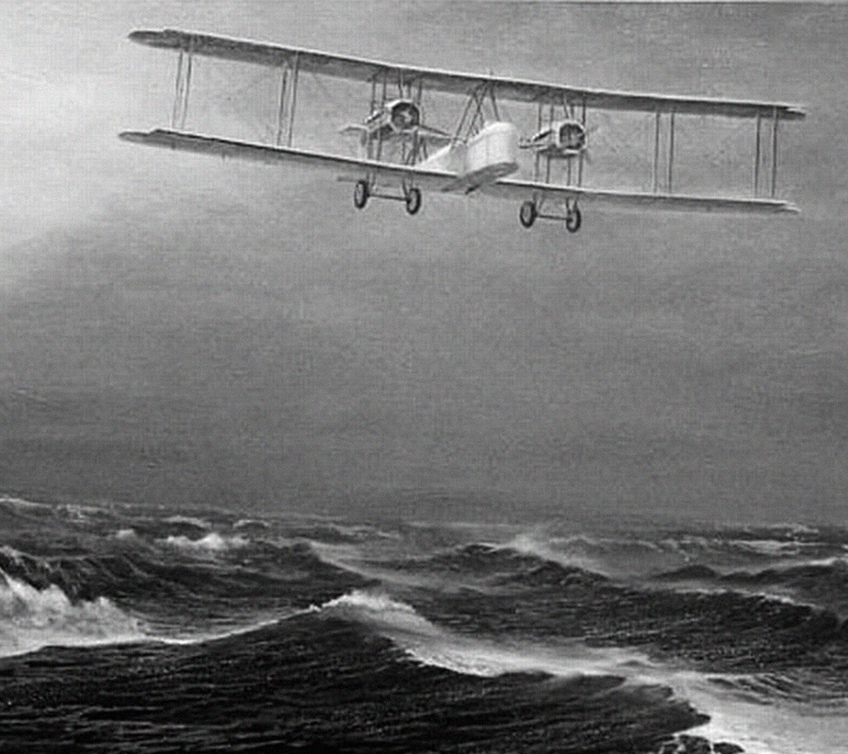
From maritime conquest, to conquest of the air
It was at this time, a period during which Winston Churchill was the First Sea Lord, that one of the most legendary pages of Thomas Mercer was written, the Shackleton expedition.A page, which, in spite of the start of World War One, was filled with adventures in distant lands, shipwrecks and survival thanks to an instrument that measure time. In 1914, by Admiralty approval, Ernest Shackleton embarked on the Imperial Trans-Antarctic Expedition, the attempt of crossing Antarctica for the first time in the history. During the expedition, its boat - the Endurance - remained trapped in the ice and eventually sank into the Weddel Sea. The explorer then traveled with his crew and three lifeboats in tow over Antarctica to Elephant Island, a mountainous territory belonging to the southern Shetland Islands on the northwestern tip of the continent.
He then took five men and went to get help. This required embarking on a journey that historians and fans consider to this day to be the most extraordinary adventure on board a small vessel.Not a single life was lost. The distance to the coast of South Georgia was about 1500 kilometers (800 miles), and the boat, the one they considered best for the job, was a small whaler named the James Caird, which was just seven meters long.All the while, the men depended on a Thomas Mercer chronometer to calculate longitude at sea.
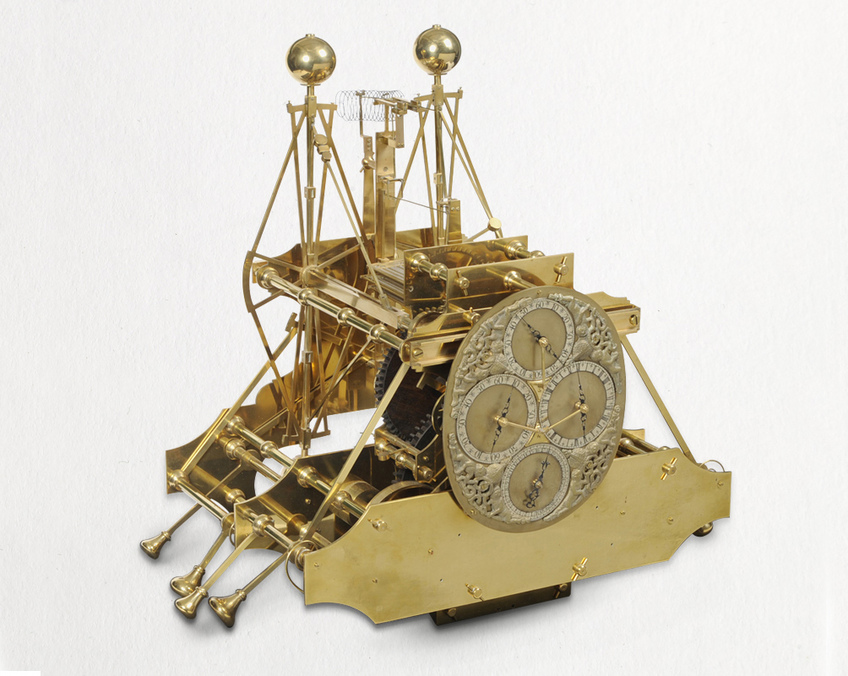
In 1919, the name Thomas Mercer became associated with another great adventure, this one aeronautical: the first non-stop Transatlantic crossing. On board the aircraft were two British pilots, John Alcock and Arthur Brown. At the head of the Air Force, Winston Churchill in person.The official timing was 16 hours and 12 minutes. It was established by a Thomas Mercer timekeeper.
Serving legends
An adventure of a cultural nature also features in Thomas Mercer’s past. In 1922, the brand turned its attention to restoring some of the most legendary clocks in the history of horology. Notably the H1 and H3 by John Harrison, veritable horological machines that allowed him to capture the prize offered by the royal court in the 18th century to solve the problem of longitude calculations.It was an act of pure mastership of chronometry for purely civic
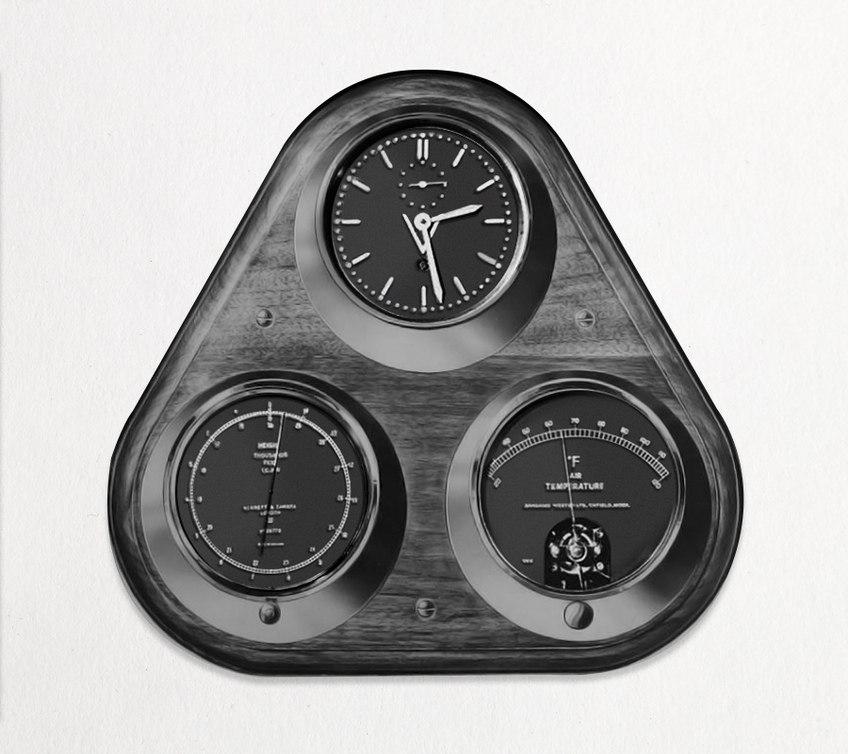
Throughout the first decades of the 20th century, the brand Thomas Mercer maintained a strong connection with the destiny of one of the most emblematic figures if the British history - Sir Winston Churchill - who was at the head of the British Air Force during the first non-stop Transatlantic crossing as well as head of the Admiralty at the time of the Imperial Trans-Antarctic Expedition. In 1944, he was given a plane for his own personal use, a Skymaster C-54, which he nicknamed his “aerial yacht. ”Among the myriad clever details in the plane, was a Thomas Mercer clock hanging in the flying bedroom specially created for Churchill and boasting an altimeter and a thermometer.
It was commissioned by the Queen and the Duke of Edinburgh, the interiors were all done by a famous British designer,Hugh Casson, whose style and sense of refinement tend to resist to time.The vessel, a magnificent floating embassy, was launched in 1953 and made its last trip during the transfer of Hong Kong to China.
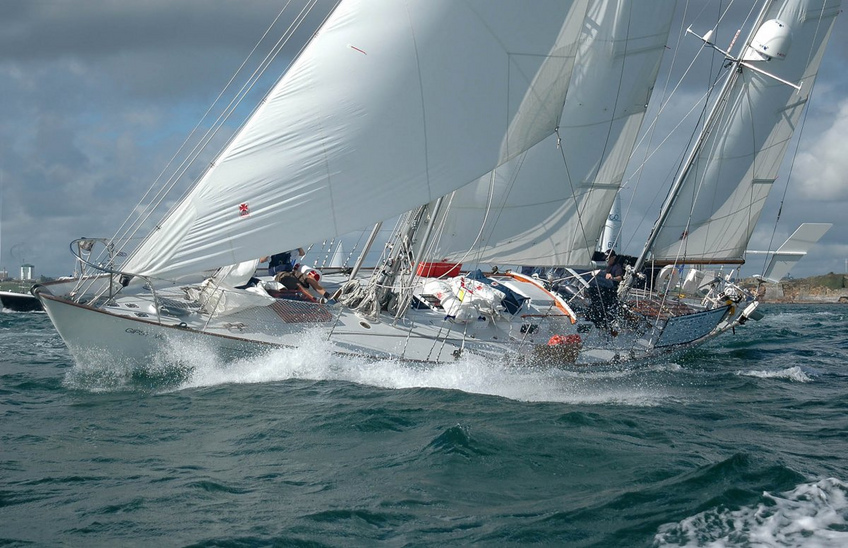
Like during the time of the great conquests, the British adventurer, Francis Chichester, also made his contribution to the legend by entering into sailing history as the first and fastest sailor to circumnavigate the planet from east to west in solo.In 1971, a year before his death, he traveled from Guinea Bissau to the coast of Nicaragua, a journey of 4,000 miles, in a mere twenty-one days, carrying a Thomas Mercer chronometer on board
Historic roots
A legend cannot be built in a single day. The publicity people today know it: It’s worth spending huge sums so that the DNA of their clients gets a boost from some maritime air, a little aviation, a soupçon of extreme feats.But with Thomas Mercer, it’s all there already.Nothing needed to be invented, no truth needed to be stretched to breaking point.The historic moments described in this first part in a two-part series, are all solidly rooted in horological history and in the tale of an outstanding watchmaker, whose brilliant and unique heritage is feeding a promising future.More to come…
Front picture: Chronometer 5229 used by Sir Ernest Schakleton during the heroic open-boat journey on the James Caird


